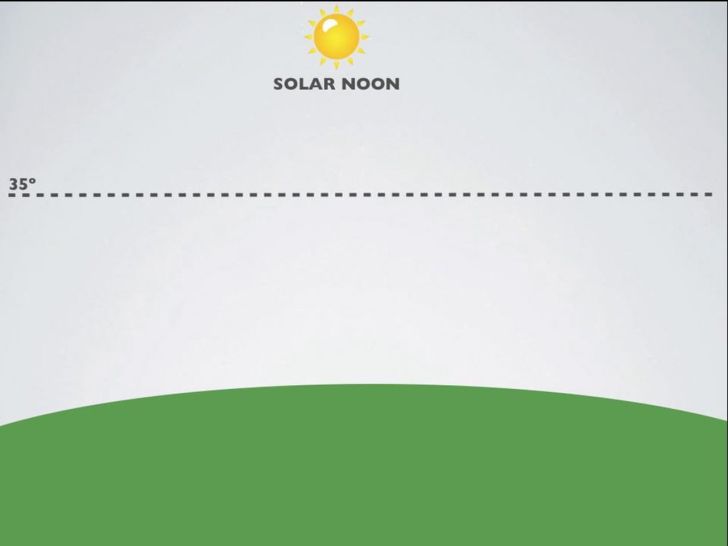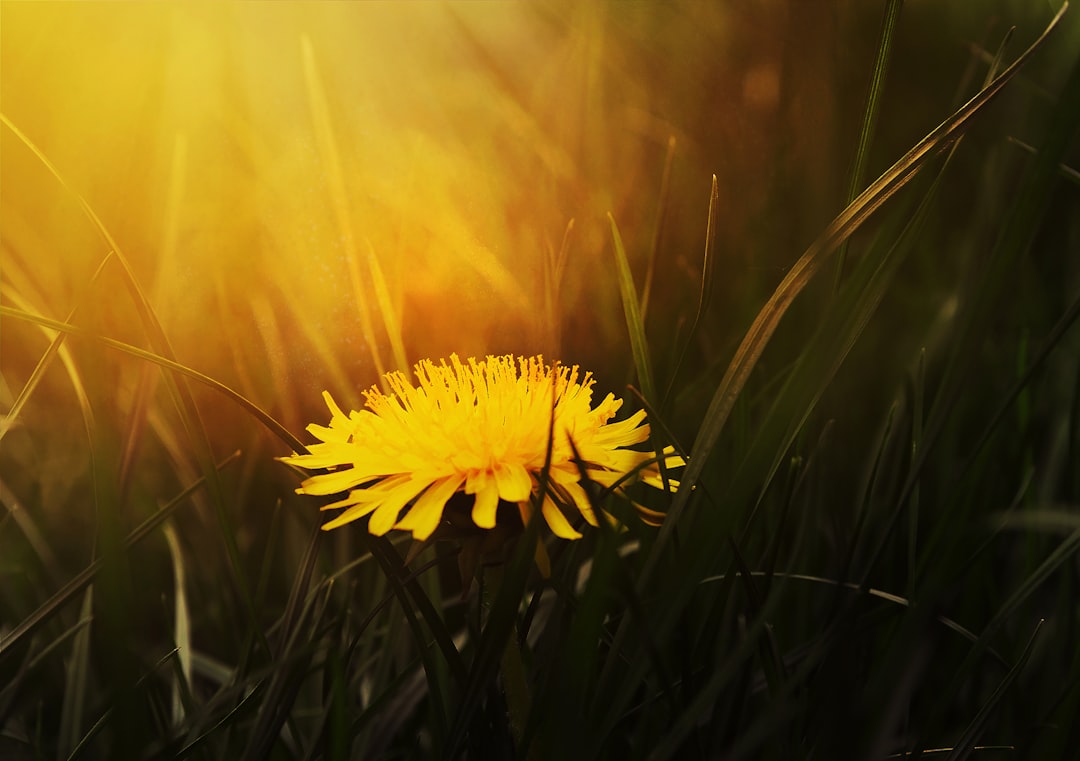Ozone and sunlight exposure
I see this question every 6 months or so
Does the current state of the ozone make it unsafe to be outside in the sun?
Here’s a question I see every 6 months or so, so I thought it would be nice to give a little answer for those who may also be curious about this or want to know how to respond when someone asks them about the ozone. NASA video credit.
Are there holes in the ozone? A hole is not really accurate but we say it anyways. The thickness of the ozone does vary and when it drops below a threshold it gets called a hole. The official narrative is that this variation is caused by human-made chemicals, and the reduction in the release of those chemicals is leading to the slow “healing” of the ozone layer. There is also research adding complexity to our understanding showing proton storms from the sun drive small but consistent reductions/recoveries to ozone in the upper and middle layers1, and that higher greenhouse gas concentrations in the stratosphere accelerate ozone recovery2.
Is the ozone now thin all the time? No. Ozone is a gas, so it moves around the world continuously with the different seasonal air currents. There are different seasonal patterns at each of the poles (North and South), and relatively thinner ozone with less variation at the equator.
Is the ozone thickening again? One thing to keep in mind is we have only been tracking since 1979, so we have no idea at all about normal ozone behavior across longer timescales. All official accounts report the ozone is getting thicker than the lows recorded in the 1990’s. The Arctic ozone was measured at record-breaking thickness in 2024. The Antarctic had higher than average thickness in 2024, measuring thicker than 20 of the 35 years scientists have been recording.
Does the ozone layer filter out most of the ultraviolet light? UV light reaching the surface underneath areas where the ozone is thinner, such as the equator, or nearer the poles during times the ozone thins, can be more intense than areas where the ozone layer is thicker.
Is it possible to know if the ozone is thicker or thinner than normal over you right now? NASA puts out real-time ozone maps for the arctic and antarctic. If you are only concerned about the UV index and understanding safe solar exposure, can also look at the UV index for your current time and location, which includes this information in its calculation. There are apps like Dminder App, Circadian App, and MyCircadian app that can give you real-time estimates of how much time you can spend outside without getting a UV sunburn (varies based on your skin type). Remember we do need some UV for optimal health.
My take on the ozone situation could get a lot more nuanced—let me know if you still have unanswered ozone questions and maybe I’ll extend this into a full post with citations!
How to protect yourself from excessive UVR:
At this point, event the WHO admits the burden of disease from lack of sunlight exposure far outweighs the burden of disease from over-exposure:
“[E]xcessive UVR exposure accounts for only 0.1% of the total global burden of disease in disability-adjusted life years (DALYs), according to the 2006 World Health Organization (WHO) report The Global Burden of Disease Due to Ultraviolet Radiation… In contrast, the same WHO report noted that a markedly larger annual disease burden of 3.3 billion DALYs worldwide might result from very low levels of UVR exposure2.”
Source: Benefits of Sunlight: A Bright Spot for Human Health
The dangers of sunlight I do truly fear and recommend caution around are dehydration, sun fatigue, sun exhaustion, sun stroke, and mania.
I’ve written about each of these many times. Below, find links to some of my most important posts about safe solar exposure:
Jia, J., Kero, A., Kalakoski, N., Szeląg, M. E., & Verronen, P. T. (2020). Is there a direct solar proton impact on lower-stratospheric ozone? Atmospheric Chemistry and Physics, 20(23), 14969–14982. https://doi.org/10.5194/acp-20-14969-2020
Dyominov, I. G., & Zadorozhny, A. M. (2005). Greenhouse gases and recovery of the Earth’s ozone layer. Advances in Space Research, 35(8), 1369–1374. https://doi.org/10.1016/j.asr.2005.04.090








